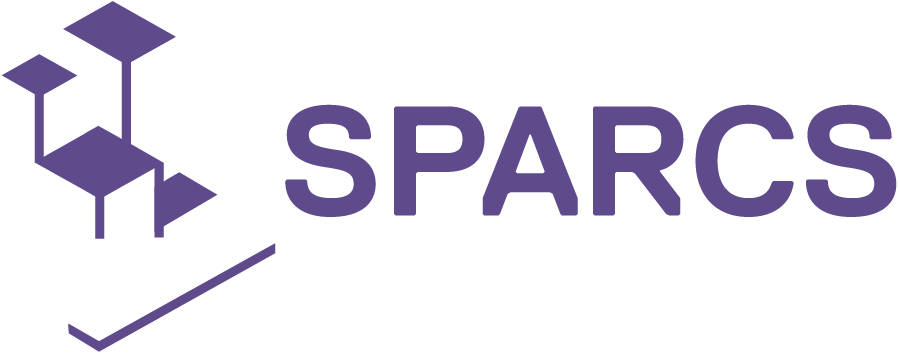23 september 2024 written_by Nicolai Lawrenz, Simon Albrecht
District heating systems are a cornerstone of urban energy infrastructure, providing a reliable and efficient method for heating residential, commercial, and industrial areas. District heating involves distributing heat generated at a central location to meet the heating needs of residential and commercial buildings. District heating systems offer a highly sustainable solution for supplying heat to cities, as they efficiently distribute heat generated from various energy sources, including renewables. By centralizing heat production and reducing energy waste, district heating minimizes emissions and enhances energy efficiency. This approach plays an important role in achieving sustainable urban energy management.
The uniqueness of district heating lies in its ability to progressively shift towards renewable energy sources, transforming it into a green superstar. By integrating renewables into its heat supply, district heating can significantly reduce carbon emissions and support sustainable urban development. This evolution positions district heating as a key player in the transition to greener energy solutions. In Leipzig, the city-owned utility company, Leipziger Stadtwerke (LSW), has integrated AI and IoT technologies into their district heating system to enhance efficiency and sustainability. The AI-driven system uses data from thousands of sensors across heating stations, power plants, and other connected devices to predict heat demand accurately. This predictive capability allows LSW to optimize the scheduling of heat production assets, ensuring that the right amount of heat is generated at the right time. Additionally, the use of a digital twin—a virtual model of the city’s energy infrastructure—enables real-time visualization and control of energy flow, improving decision-making and the overall efficiency of the heating network. This AI-based approach helps in integrating renewable and alternative heat sources, making the system more adaptable and sustainable. These innovations are part of broader efforts, such as the EU project SPARCS, which aims to create sustainable, low-carbon communities by linking and optimizing energy systems at various levels, from neighborhoods to entire cities.

